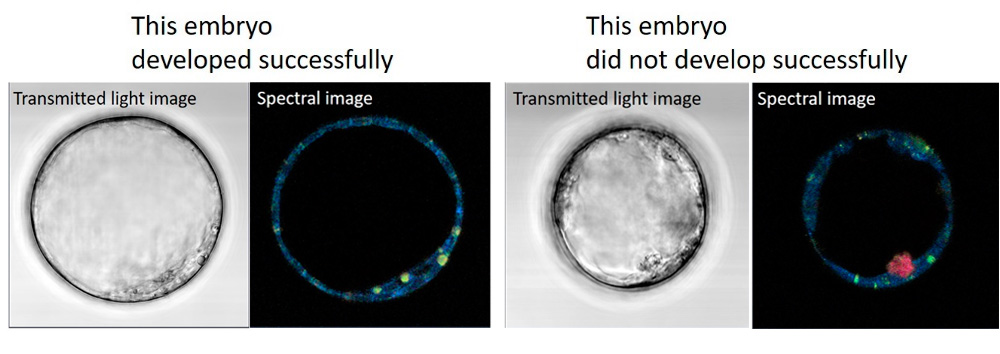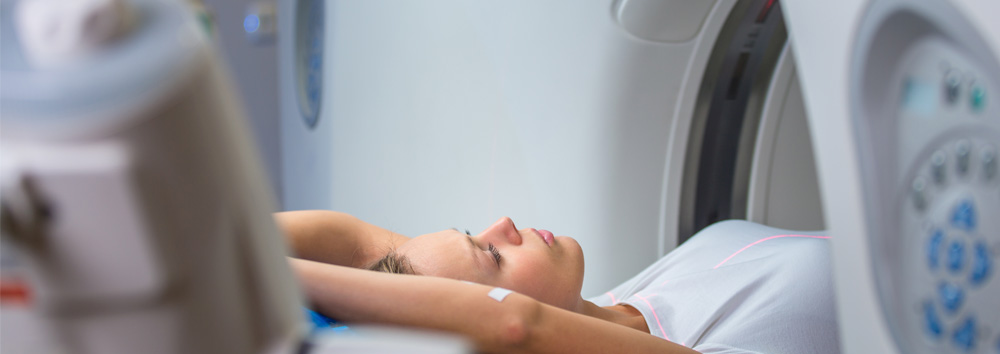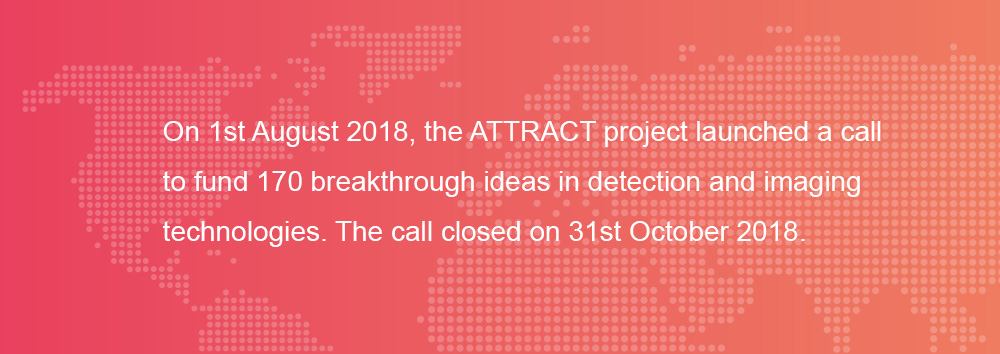What has the ATTRACT seed funding enabled you to do so far?
One out of seven couples suffers from sub-fertility problems. In vitro fertilisation (IVF) is the most commonly used method to assist such couples. However, only 30% of the IVF transferred embryos implant and develop to term. As IVF procedures have stressful physical, emotional and economic impact on families, the IVF field is in need of a tool, capable to reliably assess the embryo´s implantation potential.The ATTRACT seed funding has allowed us to tackle the above challenges and explore the development of an objective, quantitative and non-invasive implantation prediction tool for IVF. The method is based on measuring specific auto-fluorescent molecules of live embryos, which are crucial for their normal development. The molecular data is extracted from spectral microscopy measurements of the embryos, via different image processing and statistical correlation procedures.
What challenges have you faced so far?
We have faced two kinds of challenges so far: scientific challenges and business application challenges.
Scientifically, the first challenge which we had to overcome was finding balanced imaging conditions: illuminating with strong enough light to obtain sufficient information about the embryo, yet without inducing photo-damage to it. Second, we had to understand and interpret the biological meaning of the obtained complex spectral profiles. For this, we are developing a combination of image processing and statistical procedures, which would allow us to correlate the rich spectral data to concrete metabolic signatures, directly related to the embryo viability.
From the business application perspective, the challenge was to identify the right business model and product configuration for our targeted market. With the research and support of the Challenge-Based Innovation (CBI) team offered by ATTRACT -composed by students drawn from Instituto Europeo di Design (IED) of Barcelona, ESADE Business School and UPC-, we are exploring the market thoroughly. Thanks to the synergy between engineering, business and design of this project we foresee that we will come up with the right business model for our technology.
Where does your ATTRACT journey go from here?
We built a team to study the commercialisation of our IVF diagnostic technology composed by a last-year student in Biotechnology and Business -with background both in technical and business-, a technology commercialisation expert and a team of 5 students of design, engineering and business from the Challenge-Based Innovation initiative provided by ATTRACT. Based on the market research and the business plan developed by this commercialisation team, we have been able to identify our specific target market and develop the business strategy to tackle the penetration of our technology in this market.
From here on, our ATTRACT journey is going in the direction of developing an industrial prototype for our product. The next steps will be to seek funding to develop such prototype that will bring our solution to the market.
Sum up in two sentences the advantages of the ATTRACT Programme over other research funding schemes.
Our research goal has always been to solve a real-world clinical problem and fill an identified strong market demand for this innovative solution. The ATTRACT Programme has been key in twofold aspects: on the one hand it has allowed us to develop proof-of-concept scientific experiments on our IVF technology using live embryos. On the other hand, we have carried out a thorough market research not only for the advancement of our technology but also to bring this research into a viable market application.
For more information
Visit the HYSPLANT project site.
©HYSPLANT What has the ATTRACT seed funding enabled you to do so far? One out of seven couples suffers from sub-fertility problems. In vitro fertilisation (IVF) is the most commonly used method to assist such couples. However, only 30% of the IVF transferred embryos implant and develop to term. As IVF procedures have stressful physical, […]



